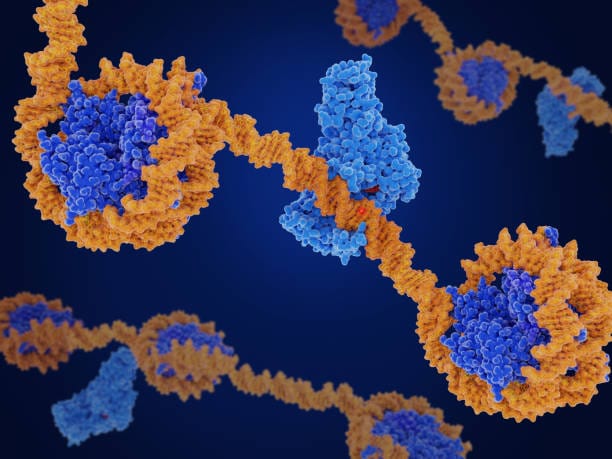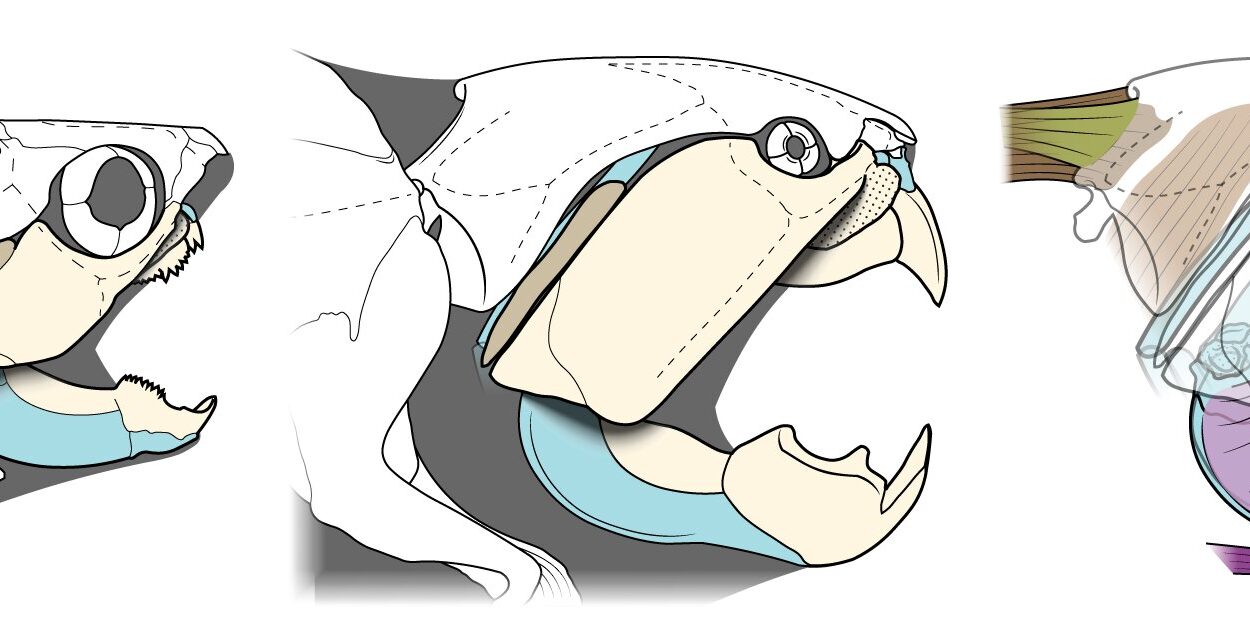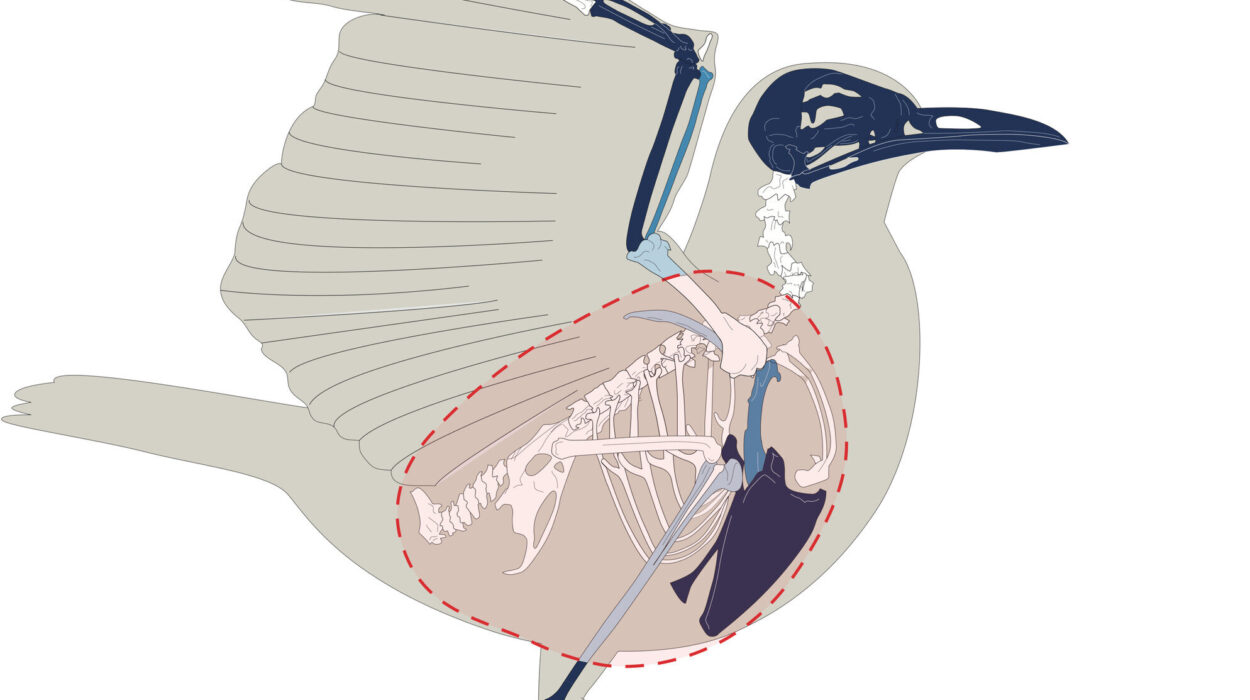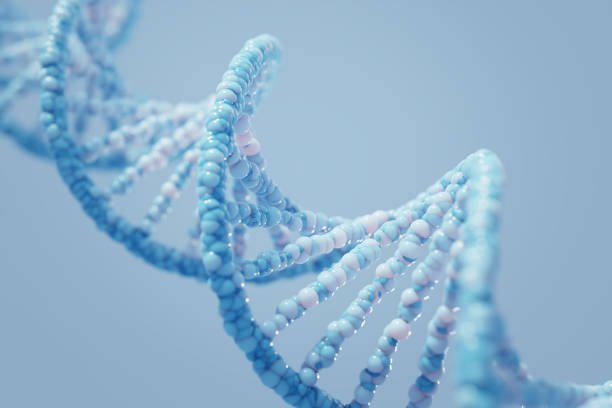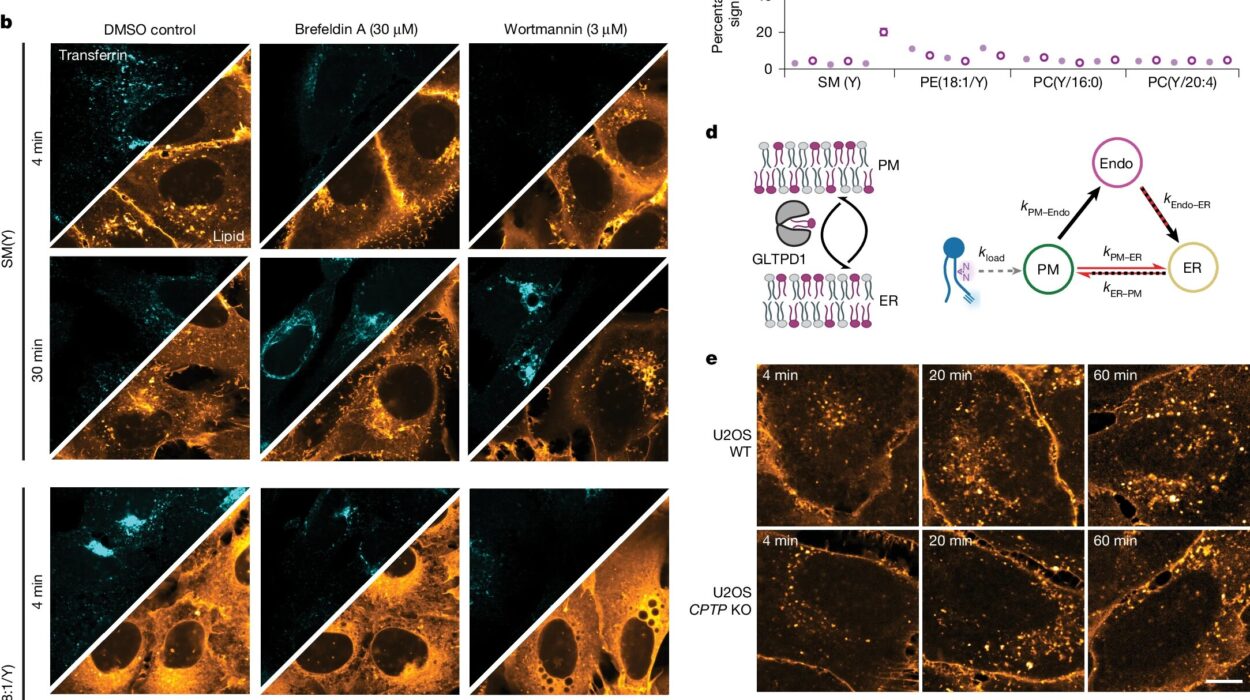For much of the 20th century, the gene reigned supreme. DNA was seen as the master code of life, a rigid blueprint that dictated everything from eye color and height to susceptibility to disease and even personality traits. The Human Genome Project, completed in the early 2000s, promised to unlock the deepest secrets of biology by mapping this genetic code in its entirety. But as the human genome was unveiled—three billion letters of genetic information—a surprising truth emerged: the code alone wasn’t enough.
Identical twins, born with the same DNA, can lead vastly different lives. One may develop a disease while the other remains healthy. The same set of genes can produce cells as different as a liver cell, a neuron, or a skin cell. How is this possible? How can something as seemingly immutable as DNA give rise to such biological complexity, adaptability, and variation?
The answer lies in a revolutionary field known as epigenetics.
Epigenetics Defined: The Switches Above the Genome
The word “epigenetics” comes from the Greek prefix “epi,” meaning “above” or “on top of.” Epigenetics refers to heritable changes in gene expression that do not involve changes to the underlying DNA sequence. In other words, while the genetic code remains the same, the way it’s read and interpreted by cells can vary dramatically.
Imagine DNA as a script for a play. Every cell in your body holds a copy of this script, but not all of them perform the same play. Some choose a tragedy, others a comedy, and some may remain silent. Epigenetic marks—chemical modifications attached to DNA or the proteins it wraps around—act as directors and editors, determining which parts of the script are emphasized, ignored, or amplified.
The most studied of these mechanisms include DNA methylation (which typically silences genes), histone modification (which alters the structure of chromatin and access to genes), and non-coding RNAs (which can fine-tune gene expression). Together, these mechanisms act as an intricate regulatory system that integrates signals from inside and outside the cell, translating environmental inputs into biological outputs.
The Cellular Symphony: Epigenetics in Development
From a single fertilized egg, a human being unfolds. Cells multiply, migrate, and specialize. Some become blood, others bone, still others become neurons or muscle fibers. Remarkably, all of these diverse cells contain the same DNA. What differs is which genes are turned on and off—a decision guided by epigenetic mechanisms.
During early development, epigenetic programming is particularly dynamic. Waves of DNA methylation and demethylation wash over the genome, resetting it for embryonic growth. As cells differentiate, they acquire unique epigenetic signatures that stabilize their identity. A liver cell, for instance, keeps liver genes active and others locked away. This molecular memory is passed on each time the cell divides, preserving tissue-specific functions throughout life.
But this stability is not absolute. Even in adulthood, epigenetic marks can change in response to environmental cues. This plasticity is what allows our bodies to adapt to changing conditions—but also what makes epigenetics a double-edged sword.
Nature and Nurture: Environmental Imprints on the Epigenome
What we eat, how much we exercise, whether we’re exposed to pollution, stress, or trauma—all of these factors can leave a molecular imprint on our cells. Epigenetics is the bridge between nature and nurture, the mechanism by which experience becomes biology.
Take nutrition, for example. Certain nutrients, such as folate, vitamin B12, and methionine, are essential for producing methyl groups, the molecular tags that silence genes. Diets rich or poor in these nutrients can alter DNA methylation patterns, with effects ranging from metabolism to cancer risk. In animal studies, maternal diet during pregnancy can determine the coat color, body weight, and disease susceptibility of offspring—without changing a single gene.
Stress is another potent epigenetic modulator. Chronic stress alters levels of cortisol and other hormones, which in turn affect the expression of genes related to inflammation, immunity, and brain function. In rodent studies, pups that receive nurturing care from their mothers develop different stress responses than those that are neglected—an effect linked to changes in DNA methylation of the glucocorticoid receptor gene in the brain. Remarkably, these changes can persist into adulthood and even be passed to the next generation.
Toxins, too, leave their mark. Cigarette smoke, air pollution, and endocrine-disrupting chemicals like BPA can disrupt normal epigenetic patterns, leading to aberrant gene expression. These disruptions have been linked to diseases such as asthma, obesity, infertility, and cancer.
Epigenetics and Disease: When Regulation Fails
The delicate balance of epigenetic regulation can be disrupted, leading to profound consequences for health. Unlike genetic mutations, which are often permanent, epigenetic changes are reversible—but that doesn’t make them benign.
In cancer, for example, tumor cells often exhibit widespread DNA methylation abnormalities. Tumor suppressor genes may be silenced by hypermethylation, while oncogenes escape normal controls. Histone modifications may render chromatin more open or closed, altering gene expression in ways that promote uncontrolled growth, invasion, and resistance to treatment.
In neurological disorders, such as schizophrenia, bipolar disorder, and autism, abnormal epigenetic regulation of brain development and synaptic function is increasingly implicated. These disorders often arise from a combination of genetic predisposition and environmental exposure—making epigenetics a critical piece of the puzzle.
Autoimmune diseases like lupus and multiple sclerosis also show epigenetic signatures. In these conditions, immune cells may express inappropriate genes, leading them to attack the body’s own tissues. Environmental triggers, such as infections or stress, may tip the epigenetic balance in genetically susceptible individuals.
Even cardiovascular disease and type 2 diabetes, long considered lifestyle diseases, are now understood to involve epigenetic dysregulation of metabolic and inflammatory pathways.
The Ghosts in Our Genes: Transgenerational Epigenetics
Perhaps the most provocative idea in epigenetics is that environmental effects can echo across generations—not just affecting an individual, but their children and grandchildren. This phenomenon, called transgenerational epigenetic inheritance, suggests that trauma, malnutrition, or toxic exposure can imprint the germline (sperm or egg cells) and influence the health and behavior of future offspring.
Studies in rodents have shown that stress, endocrine disruptors, and high-fat diets can alter the epigenetic landscape of sperm, leading to metabolic and behavioral changes in progeny. In humans, evidence is more circumstantial but no less compelling.
One of the most striking examples comes from the Dutch Hunger Winter of 1944–45, when pregnant women faced extreme starvation during the Nazi blockade. Decades later, researchers found that children conceived during the famine had higher rates of obesity, cardiovascular disease, and mental illness. Their DNA bore epigenetic changes in genes related to growth and metabolism—changes that were not found in their siblings born before or after the famine.
Such findings challenge the classical Darwinian view of inheritance and raise ethical and philosophical questions. If our experiences can affect our descendants, what responsibilities do we carry—not just for our own health, but for generations yet unborn?
Epigenetics and Identity: Who Are We, Really?
Epigenetics complicates the way we think about identity. If genes are not destiny, and if the environment can shape biology, then we are not fixed entities but ever-evolving mosaics of experience and adaptation.
In mental health, this view offers both hope and challenge. Depression, anxiety, and PTSD are increasingly understood not just as brain disorders, but as conditions with deep epigenetic roots. Trauma can change gene expression in the brain’s emotional circuits, altering the way we respond to future stress. But these changes are not immutable. Psychotherapy, mindfulness, exercise, and pharmacological treatments can all induce epigenetic remodeling, opening the door to recovery and resilience.
Even in aging, epigenetics plays a critical role. Over time, the epigenome accumulates errors—genes that should be on are silenced, and vice versa. This epigenetic drift contributes to cellular senescence, inflammation, and decline. But new research suggests that lifestyle interventions may slow or even reverse aspects of this drift, pointing to a future where aging itself is modifiable.
The Promise of Epigenetic Medicine
The reversibility of epigenetic changes offers a tantalizing therapeutic possibility: What if we could rewrite the epigenetic code? Already, drugs that target DNA methylation and histone modification are being used to treat cancers like leukemia and lymphoma. These “epigenetic drugs” don’t kill cells directly, but reprogram them to act normally.
In neuroscience, researchers are exploring ways to manipulate epigenetic marks to treat memory disorders, addiction, and developmental conditions. In autoimmune diseases, resetting the epigenetic profile of immune cells could restore tolerance and reduce inflammation.
Precision medicine, too, is entering the epigenetic age. By mapping a person’s epigenome—essentially, a snapshot of gene activity and potential—doctors may one day predict disease risk, monitor response to treatment, and customize interventions with unprecedented accuracy.
Ethical Frontiers and the Epigenetic Revolution
With great power comes great responsibility. The ability to influence gene expression raises profound ethical questions. Should we use epigenetic tools to enhance cognition, mood, or physical performance? What about editing the germline to protect future generations—or to shape them according to parental preference?
As with all biotechnologies, the risk of misuse must be balanced against the potential for good. Epigenetics does not offer easy answers, but it does offer a new language for understanding ourselves—not as victims of fate, but as dynamic systems in constant conversation with the world.
It also compels a broader societal reflection. If poverty, discrimination, pollution, and trauma can leave biological scars across generations, then social justice becomes not just a moral imperative, but a public health priority. Epigenetics turns inequality from a sociological concern into a biological reality, and demands action.
A New Paradigm for Life
The story of epigenetics is still unfolding, but its message is clear: Life is more fluid, responsive, and interconnected than we ever imagined. Genes are not tyrants, but collaborators. Environment is not a backdrop, but a co-author. The cell is not a machine, but a symphony of shifting harmonies.
In this new view, biology is not destiny, but dialogue.
Each of us carries within us a story—not just written in our DNA, but etched in the chemical whispers that hover above it. These stories are shaped by the food we eat, the air we breathe, the stress we bear, the love we receive, and the choices we make. And though we may not be able to choose the first chapters, we do have a say in how the story continues.
That, ultimately, is the gift of epigenetics: the power to change.
